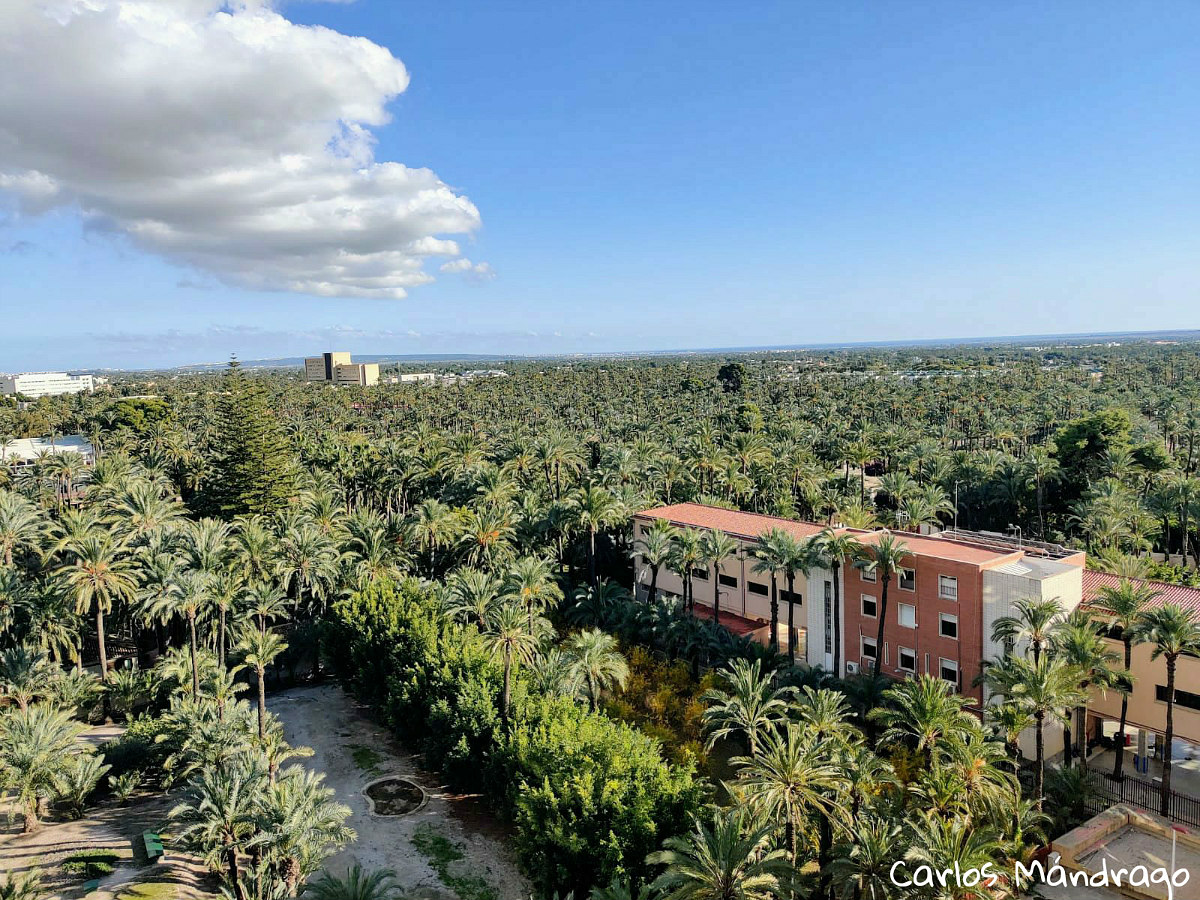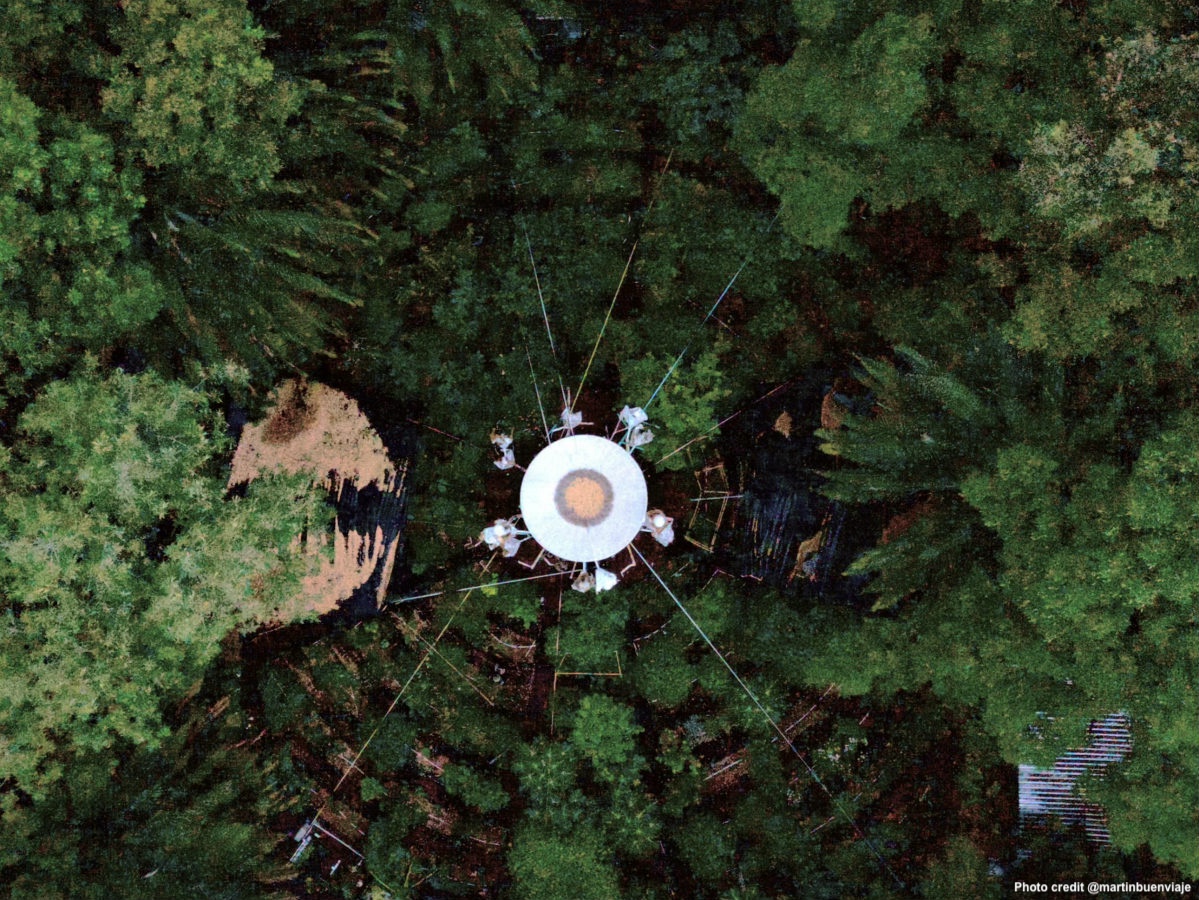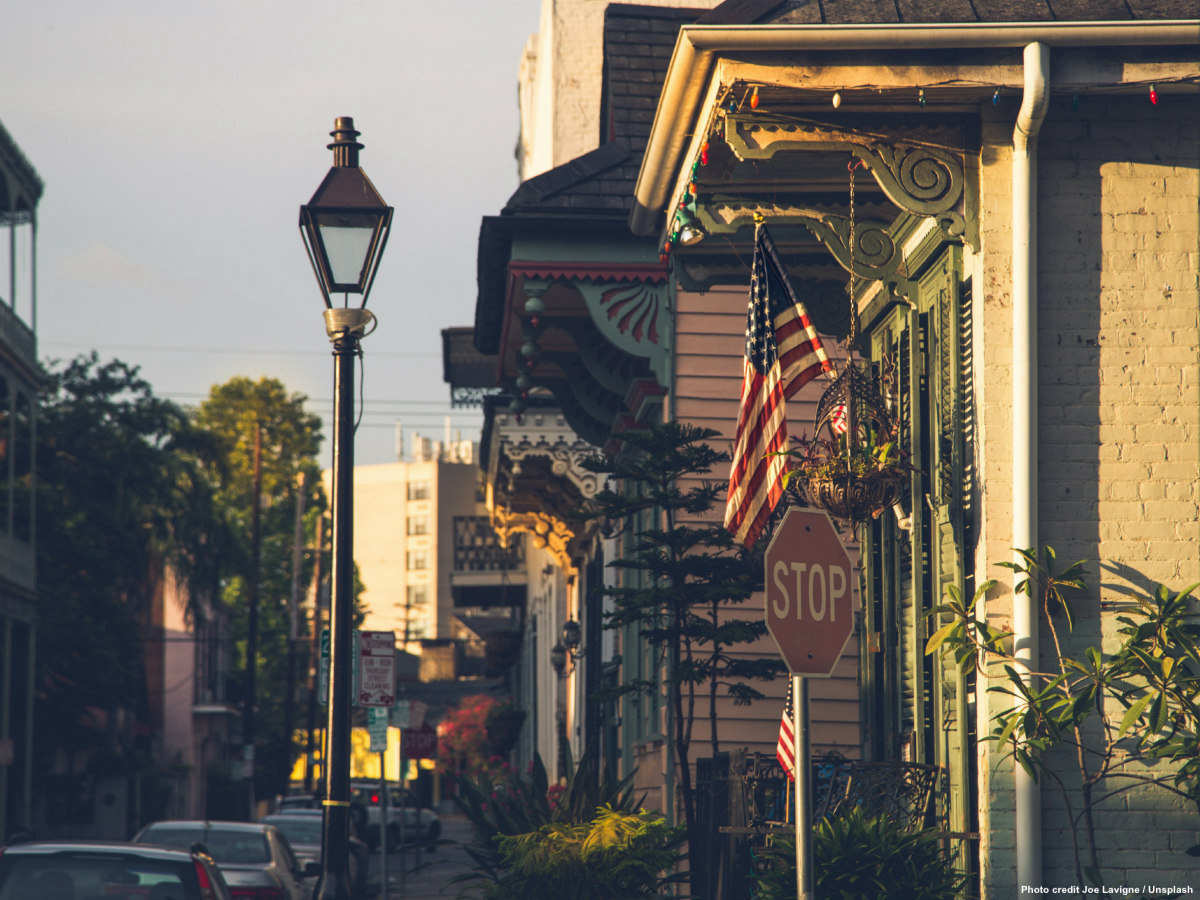“Only from the tower can one comprehend the enormous expanse of the palm plantations,” wrote the English travel writer Richard Ford in 1845, “they surround the city on all sides, many thousands, practically a hundred thousand in number……..When [the dates] mature, they hang in yellow clusters under the fan-like leaves, which grow like an ostrich feather in a golden circle.”
Ford wrote an account of his journeys in A Handbook for Travellers in Spain. In the midst of the aridity, the further south he traveled in Europe, the city of Elche was a gentle, wide pause of greenery.
Built on the legacy of the Romans, the Arabs masterminded an oasis at Elche to divert the brackish waters of the Vinalopo river into a network of canals. Irrigation turned the arid terrains into a prosperous city, intertwined with palm orchards and sufficient clean water. The Palmeral, as Spaniards call it, is one of the less known UN world heritage sites in Europe. And probably the only example in Europe of oasis agriculture in an urban context.
This piece of engineering built over a thousand years ago was, in today’s buzzwords for cities, a nature-based solution for climate resilience. The balance between the irrigation network and the palms created the appropriate microclimate for a reliable food system and the perfect cooling method for extreme heat.
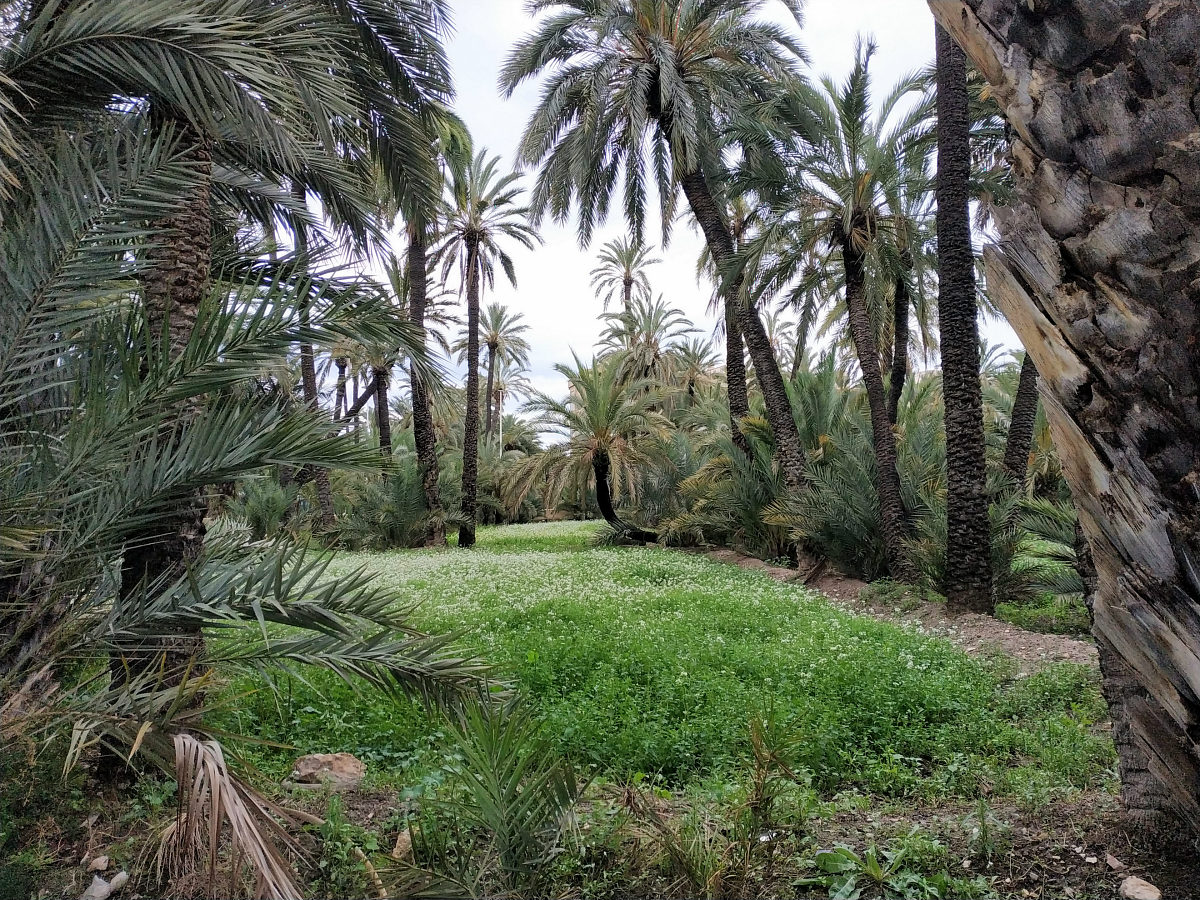
Nowadays, while other cities are busy building linear parks, planting trees, growing urban gardens and developing nature-based solution strategies, the city of Elche has got it all. This lush green forest of palm trees is a huge urban farm itself, concretely a set of 96 farms in over 387.46 ha, which include 75 protected farms of the so-called historic Palmerar in an area of influence of the UNESCO (between the bed of the Vinalopó river and the eastern edge of the old town to the main hospital of Elche.)
The difficulty to discern the Palmeral from the city shows to what extent this oasis is embedded into the urban fabric. “Tourists keep asking ilicitanos (the citizens of Elche) on the streets where to find the Palmeral. Well, my friend, you are inside it,” tells Asunción Gómez, head of the grassroots association Volem Palmerar (translated from Valencian dialect We want the Palmeral).
From the 96 historic urban farms inside the Palmeral, only one is in operation.
I have to admit to Gómez that this was precisely my impression when I first visited Elche many years ago. Unfortunately, the historic Palmeral moved from being a relict agrarian landscape in an urban setting to being at the fortunes of urban developers. Gómez explains how many of the farms were transformed into gardens, schools, public endowments or residential developments.
Beyond the UNESCO delimitation area the Palmeral extends into a group of scattered farms that are entirely included in the urban landscape but without an apparent continuity between them. These isolated farms have also been absorbed by careless urban development and most of them have already lost their original functionality and are cemented public parks for districts or neighborhoods.
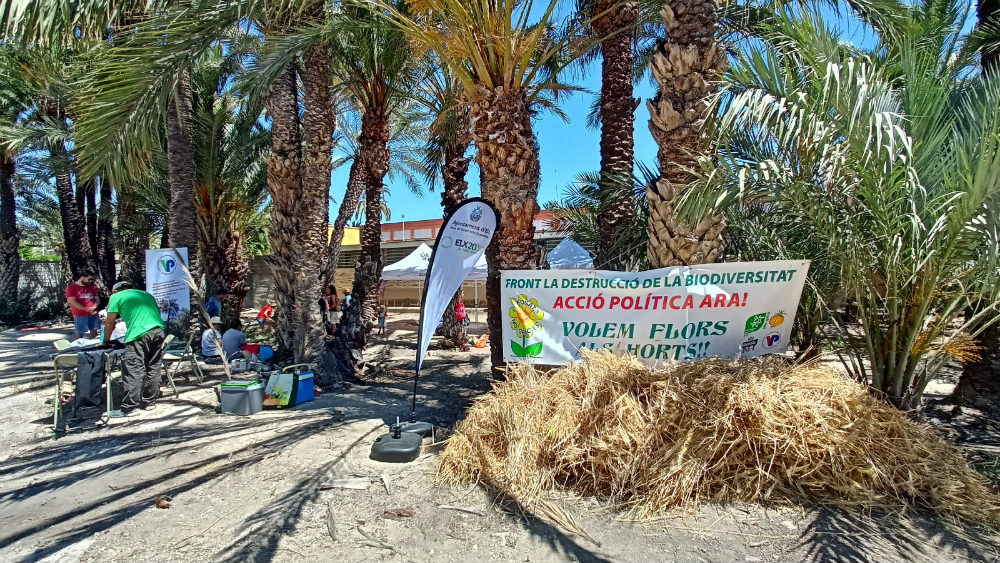
“The Palmeral has been neglected for so long,” says Gómez “that we need to raise awareness among the general public about the values of this local ecosystem and the importance of its conservation.” Since 2014 she has been fighting tirelessly to protect it.
She was working with a group of biologists at the Research Centre when the plague of the red palm weevil broke out with devastating effects for the palms. “That was the last straw,” continues Gómez. Frustrated with the lack of willingness by the city authorities to do something about it, she joined a group of ilicitanos and founded the grassroots association Volem Palmerar in 2015. Two years later Gómez became its president.
“We want to ensure that the necessary actions are carried out for the ecological management of the Palmeral, adequate maintenance and defense against pests, as well as protection against urban speculation and maintenance of the authenticity criteria accepted by UNESCO,” she explains.
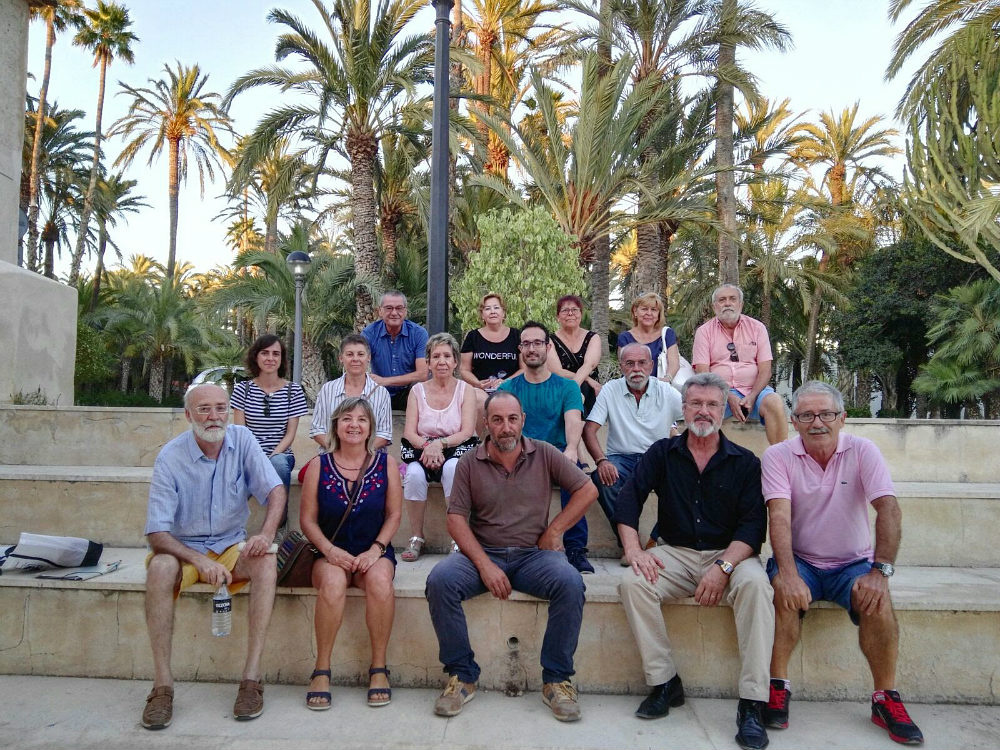
But progress has been lagging. “Until now the municipality has been giving the Palmeral an aesthetic lift and supporting the basic functionality instead of making the best of this privileged nature-based solution for cities, that involves protecting and recovering the agricultural use of the farms and of the hydraulic irrigation system.” The numbers speak for themselves. “From the 96 historic urban farms inside the Palmeral, only one is in operation,” laments Gómez.
In addition, Volem Palmerar has painstakingly stopped the construction of a building inside the Palmeral. Their fight resonated with the city government which finally invited them to participate in drafting a new law for the Palmeral (the former one was passed in 1986). This new law protects the Palmeral from real estate developers who have shown no such sensitivity towards this ecosystem. The Municipal government has the authority to reclassify “rural” land into “urban” land, making it instantly available for development at the Palmeral. Now the farms have been all declared “rural” land indefinitely.
In a next step Volem Palmerar is advocating for the creation of a green belt and a series of ecological corridors and urban paths that link the farms of the Palmeral with each other (separated by the urban development) and connect them with the surrounding urban areas and each neighborhood. “The goal is to facilitate access to the green areas of the Palmeral for the entire population, regardless of where they live and without the need to take the car,” says Gómez.
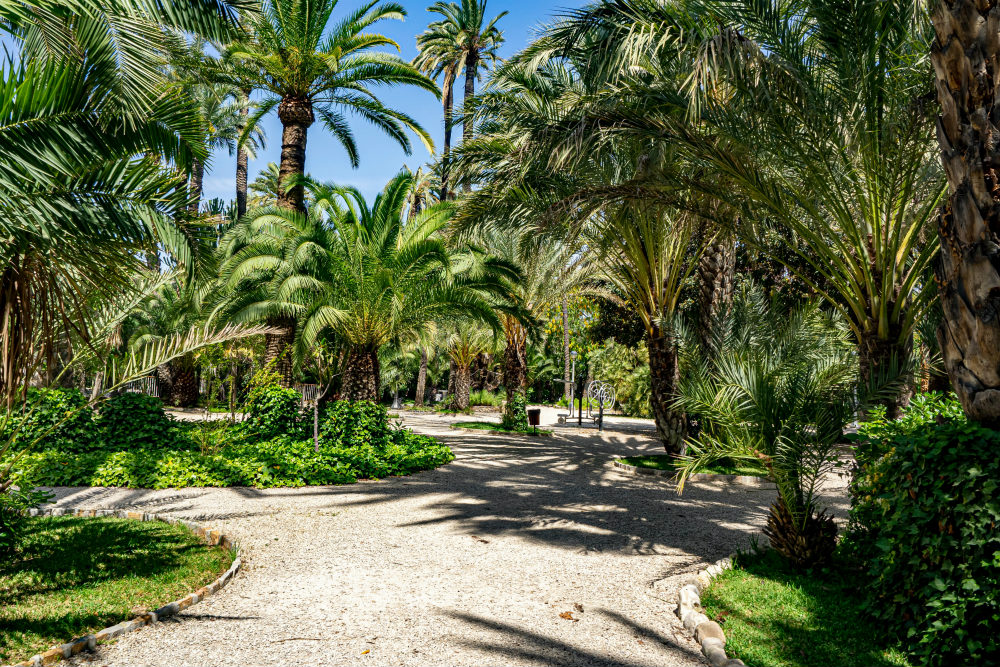
According to the proposal of Volem Palmerar, “this project tries to correct the problems of fragmentation of the peripheral natural spaces, promoting physical and ecological connectivity between them and with the network of green areas of the city, through ecologically functional corridors that guarantee connectivity between the natural spaces of the municipality.” It contemplates creating a total of five paths.
Volem Palmerar also wants to restore the irrigation system and connect the farms with the Vinalopó river and recover its natural course. As it passes through Elche, the river is canalized with concrete and is disconnected from the palm grove to which it gives life. The irrigation system with its main acequia and its network of channels that feed it, is without a doubt, the backbone of the Palmeral. It would facilitate the restoration of the ecosystem and allow the cultivation between palm trees under the principles of ecology and applying the technique of the oasis.
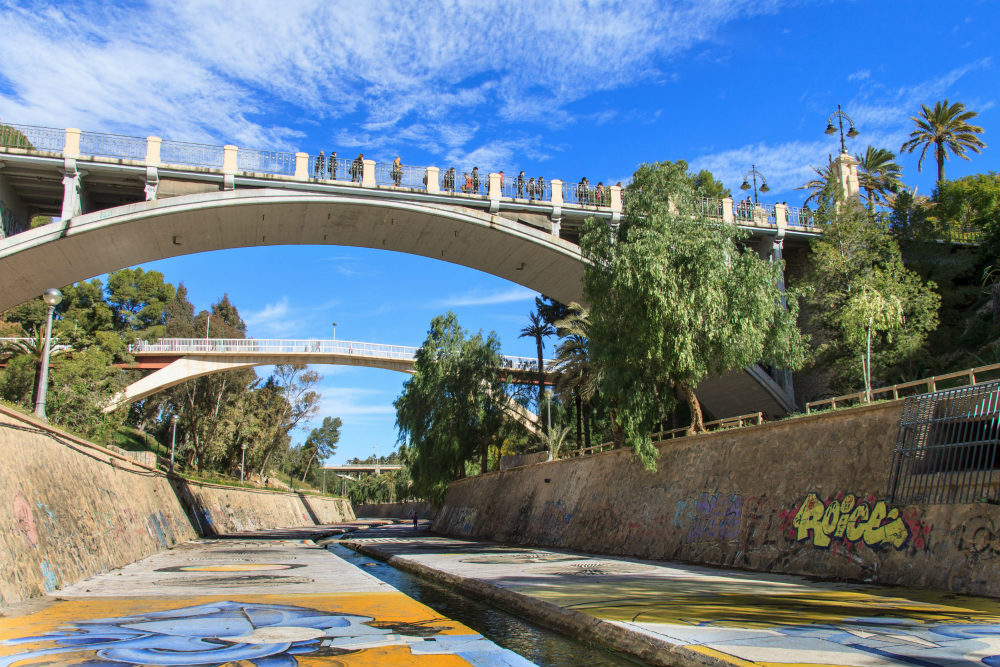
Before the industrial revolution, the Palmeral fed the entire population of Elche but then the farms fell into a progressive abandonment in the period between the middle of the XIX and early XX centuries. Large shoe factories were created and palm grove crops ceased to be profitable in relation to manufacturing. Farmers began working in the shoe industry and cashed in profits by selling their farms to build new neighborhoods.
However, rising prices in food and food security issues have brought a renaissance of agriculture in cities to close the gap in food supply. The proposal of Volem Palmerar includes merging the city and agriculture again and promoting the responsible consumption of local seasonal products purchased from their producers. The cultivation of the farms would result in a greater biodiversity of a healthy agrosystem and would provide many fundamental benefits to the city and to the environment due to carbon sequestration.
The goal is to facilitate access to the green areas of the Palmeral for the entire population, regardless of where they live and without the need to take the car.
The supply of water would be necessary to allow the plantation, in a first level of production, of date palms and as a framework that generates the appropriate microclimate for a second level of horticultural crops, fodder and fruit trees.
The restoration of the oasis is not some kind of oriental illusion by some nostalgic illicitanos. In fact, the waiting lists of people who want a piece of land to cultivate are long. But permits to operate the farms are slow. Volem Palmerar has only recently been able to organize the awareness campaign Sembrem el Palmerar, “cleaning up some farms and symbolically planting some 2,000m2 of barley.” Last April the barley was ready to harvest.
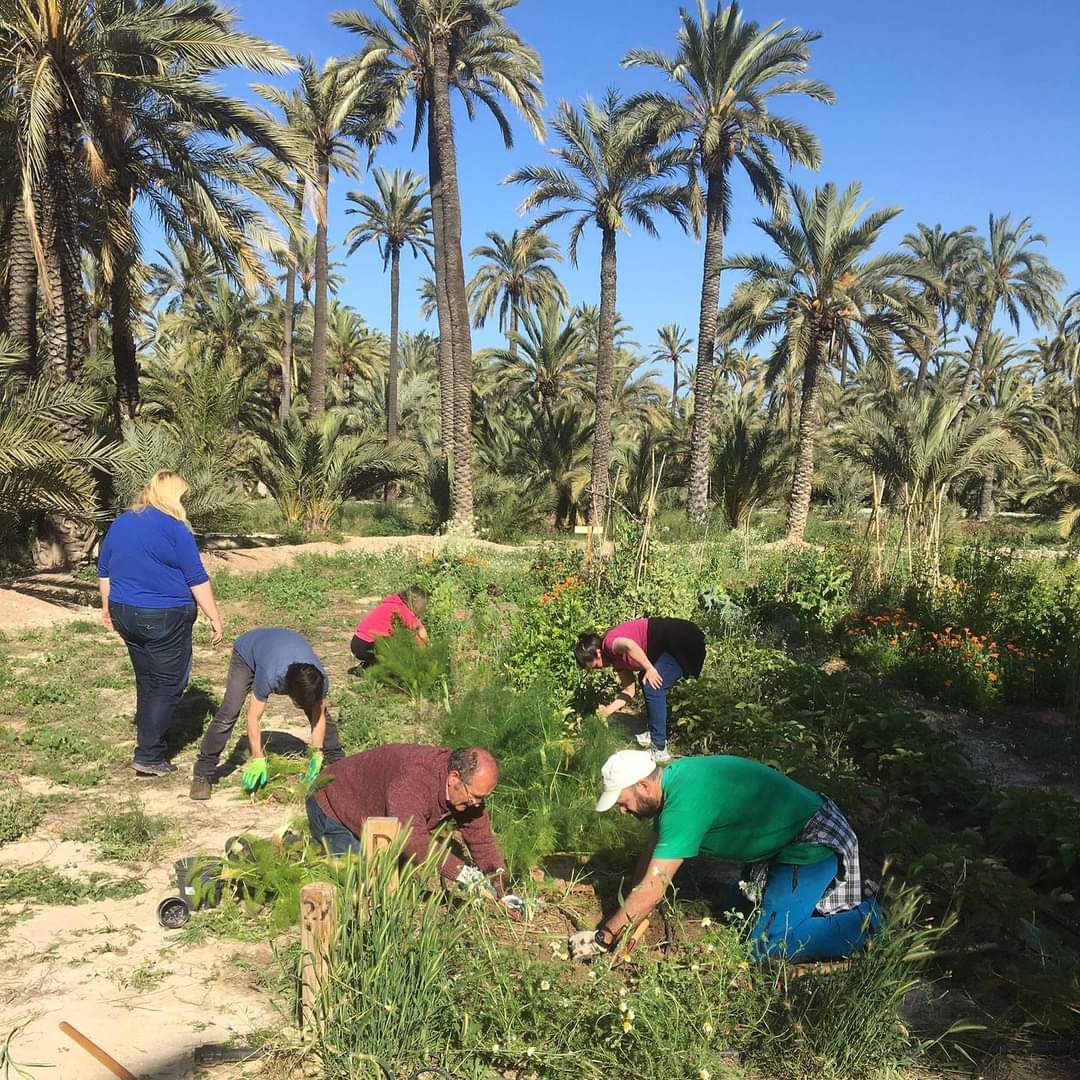
In the meantime, the public works keep weeding and lawning as usual through a Palmeral that is partially paved in concrete. Yet the city government lacks a master plan to recover and manage this lush green forest of palm trees. Gómez feels at times daunted by the size of a problem that policy makers and officials don’t see. As the World Economic Forum puts it, cities need to act systemically to reverse environmental risks and choosing a solution that is nature-based can help cities with that.
Extreme weather, followed by droughts or floods, is putting cities in an urgent state, and more so cities like Elche, built in one of the most arid places in Europe. Elche has a golden opportunity to maximize the scarce resources available in arid terrain by adapting and expanding this nature-based solution, as the Arabs did, with a greater degree of complexity and effectiveness that other cities could only envy against the ever-increasing risks of climate change.
